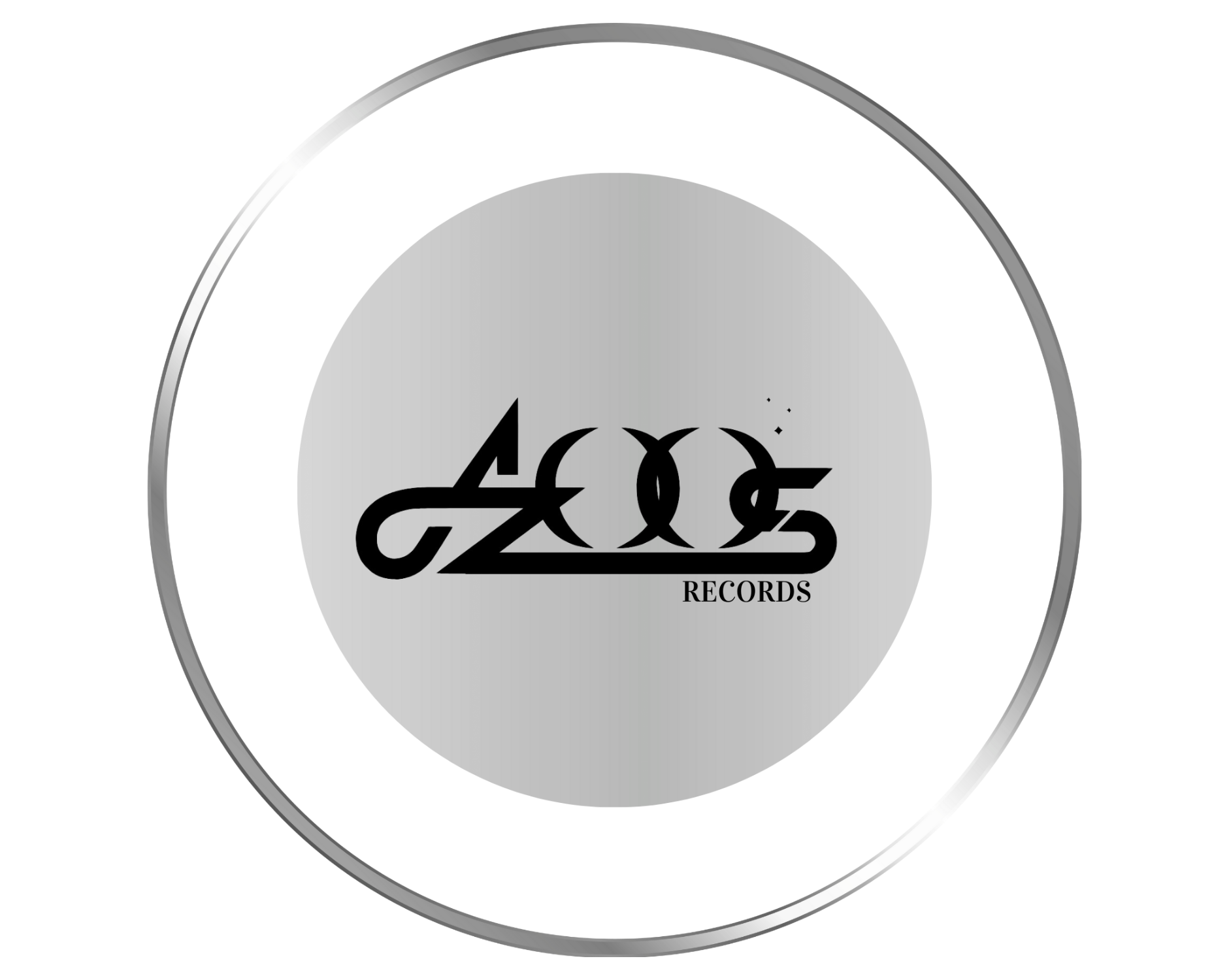Additionally, some individuals may not fully appreciate how equity functions within the equation. They often perceive equity solely as ownership value, without considering its dynamic nature influenced by profit margins and retained earnings. This misconception may hinder one’s ability to analyze long-term financial sustainability effectively. Financial analysts also apply the accounting equation to assess capital structure and operational efficiency.
The main parts are assets (things a company owns), liabilities (debts), and shareholders’ equity (the owners’ share). Liabilities are obligations that a company owes to others and are expected to be settled in the future. Examples of liabilities include accounts payable, notes payable, and accrued expenses. Current liabilities are obligations that the company should settle one year or less.
The Role of Equity in the Accounting Equation
Yes, the total of all assets is equal to the total of liabilities plus capital. The statement of financial position, also known as a balance sheet, is a financial statement that summarizes a company’s assets, liabilities, and equity. Assets represent the resources owed by a company that can be used to generate value or income. Liabilities are obligations owed by the company to external creditors or other parties. The sum of all assets must thus equal the sum of all liabilities and capital in order for the statement to be balanced.
The presence or absence of certain assets can greatly impact financial statements such as balance sheets and income statements. For example, having high levels of cash or liquid assets can indicate stability and ease in meeting obligations. Conversely, a lack of sufficient assets may signal financial distress or an inability to cover liabilities. Other current debts might be short-term loans and bills that haven’t been paid yet.
Is Total Equity Equal to Liability Plus Capital?
Assets are the resources that a company owns, liabilities are the company’s debts and obligations, and equity represents the ownership interest in the company. The accounting equation is used in financial reporting to ensure that a company’s balance sheet is accurate and balanced. It is also used to calculate a company’s net worth and to analyze its financial position. By analyzing changes in the components of the accounting equation over time, stakeholders can gain insight into a company’s financial position and performance. However, it is important to recognize that the accounting equation has limitations and does not capture all aspects of a company’s financial position.
Is Equity the Same as Capital?
It provides a framework for understanding how a company’s resources are financed and how they are being utilized to generate profits. In conclusion, the basic accounting equation is the foundation of financial statements. The balance sheet and income statement provide important property plant and equipment ppande definition information about a company’s financial position and performance. By understanding these statements and the accounting equation, investors and stakeholders can make informed decisions about a company’s future prospects.
By using double-entry bookkeeping based on the accounting equation, companies can ensure that every transaction is recorded in a way that maintains the balance of the equation. The accounting equation is often expressed as an accounting formula and states that the sum of liabilities and equity is always equivalent to the total assets of the organization. It is the fundamental foundation of accounting that ensures financial statement accuracy. The accounting equation is based on the fundamental concept of double-entry bookkeeping, which states that every financial transaction has two equal and opposite effects on the accounting equation. The accounting equation represents the relationship between a company’s assets, liabilities, and equity, and must always be in balance. Assets are resources that a company owns and can use to generate future economic benefits.
Accounting equation
- It provides a framework for recording transactions accurately and helps to prevent errors and fraud.
- The Net Worth equation states that Net Worth is equal to Assets minus Liabilities.
- Conversely, a lower ratio suggests a more stable financing structure, potentially leading to increased investor confidence.
- Assets are resources that a company owns and can use to generate future economic benefits.
Liabilities are obligations that a company owes to external parties, such as loans, accounts payable, and accrued expenses. These obligations must be settled in the future, and they can be classified as current liabilities (due within one year) or non-current liabilities (due after one year). This transaction increases equipment (asset) and accounts payable (liability), keeping the equation in balance. Equity, also known as shareholders’ equity, is the residual interest in the assets of the entity after deducting liabilities. It includes common stock, retained earnings, and additional paid-in capital.
Once you reach that enlightenment level the whole financial world will unravel to your eyes. Second, what is a one step transaction in the real world becomes a three steps transaction in the accounting world. I am sure at this point you are thinking of accounting as of “the art of making easy things hard”. Analyze a company’s financial records as an analyst on a technology team in this free job simulation.
- By matching assets with liabilities and equity, companies can see their financial health clearly.
- The Accounting Equation is a fundamental principle that states assets must equal the sum of liabilities and shareholders equity at all times.
- This allows you to take control of its future direction and ensure long-term success.
- By understanding these important metrics, investors can make informed decisions about a company’s potential growth and stability, ensuring long-term success.
- It should be noted that the term net worth is sometimes used in relation to an individual.
Financial Reporting
Indeed, in today’s world accounting software do not allow you to understand what is going on behind the scenes. Thereby, once you keep in mind the two principles above, transactions that before you did not understand will suddenly reveal to your eyes. Once you do understand the above, explained in very simple terms, you’re ready to “close the books” or to balance the accounts.
The principle of double-entry bookkeeping is based on the accounting equation and requires that every transaction be recorded in a way that maintains piece rates and commission payments the balance of the equation. For example, when a company borrows money from a bank, it increases its assets (cash) and its liabilities (loan payable), which keeps the accounting equation in balance. The accounting equation is widely used in financial analysis to assess a company’s financial position and performance. For example, if a company’s assets increase without a corresponding increase in liabilities or equity, it may indicate that the company is effectively utilizing its resources to generate profits. To calculate total assets, you need to add up the vlue of all the items a business owns.
CFI is on a mission to enable anyone to be a great financial analyst and have a great career path. In order to help you advance your career, CFI has compiled many resources to assist you along the path. The global adherence to the double-entry accounting system makes the account-keeping and -tallying processes more standardized and foolproof.
Depreciation is the process of allocating the cost of a fixed asset over its useful life. This process recognizes that assets lose value over time due to wear and tear or obsolescence. For example, if a company purchases a vehicle for $40,000 and expects it to last for five years, it might depreciate the vehicle at a rate of $8,000 per year. Shareholders’ equity ultimately indicates the financing provided by the company’s owners and the earnings generated from its operations. Keep in mind the balance sheet is a picture of the business in that moment.
You can find a company’s assets, liabilities, and equity on key financial statements, such as balance sheets and income statements (also called profit and loss statements). These financial documents give overviews of the company’s financial position at a given point in time. The accounting equation ensures the balance sheet is balanced, which means the company is recording transactions accurately. The equation is used how to keep your nonprofits books organized and current to prepare financial statements like the balance sheet, which is a snapshot of a company’s financial health at any given time. The balance sheet shows the company’s assets, liabilities, and equity, and it always balances out due to the accounting equation. By analyzing the balance sheet, business owners, investors, and stakeholders can assess the company’s financial position.
In conclusion, the formula for equity is Total Assets minus Total Liabilities, and this calculation can be found on a company’s balance sheet. Understanding this equation can help investors evaluate ther investments and make more informed decisions about their money. At its most basic, assets equals liabilities plus equity is simply a way of expressing how much money a company has. Assets are the resources owned by a company that have value, while liabilities are debts owed by the company. Equity is the difference between assets and liabilities and reflects the amount that would be available to owners if all liabilities were paid off.

